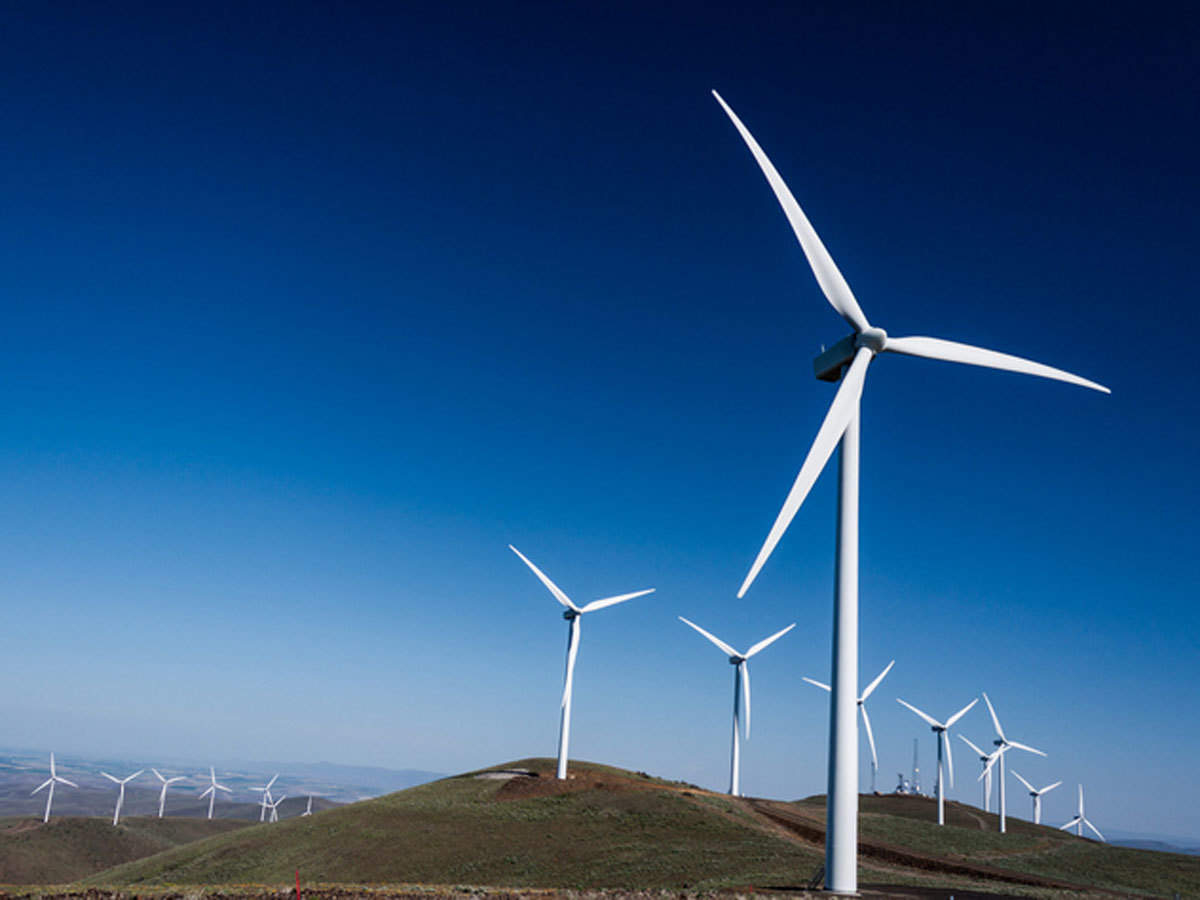
Global Scenario : The history of offshore wind energy is slightly more than three decades old during this period it has grown at a CAGR of over 30%. As far as future growth is concerned the expected CAGR according to various estimates available ranges between 12% to 16% for next one decade. Up till 2022 the total installed capacity of offshore wind stood at around 62 GW.
Energy security, superior technology, favorable regulatory policies, untapped and unexplored offshore potential, tightening emission norms are some of the key drivers while high capital cost and installation complexities could be pitfalls.
Technology: Unlike onshore wind turbines, offshore wind turbines are more capital intensive due advanced technology, higher capacity, distance from the shore, deep sea cabling and the depth of the sea where turbines are installed. Offshore wind turbines are available with the generation capacity of ~ 14 MW as compared to onshore turbines which are available maximum up to 5~6 MW capacity. Further Each off shore wind turbine is mounted on top of a tower that is supported by a base foundation. Offshore wind towers are most often monopiles (tube type) similar to onshore or Multipod (Tripod and Jacket) or floating one.
India’s Thrust on Renewable Power: Needless to mention, in the last one decade the Government of India has really done commendable job in promoting renewable energy and precisely because of that India is very well placed on the world map of renewable power by occupying 4th position (163 GW) after China (1161 GW), US (352 GW) and Brazil (175 GW). As far as wind power is concerned India (42 GW) again stands at 4th position across the globe after China (365 GW), US (140 GW) and Germany (66 GW).
Offshore Wind Power Opportunity in India: India has a coastline of about 7600 km surrounded by water (Indian peninsula) provides immense opportunity for investment in offshore wind power generation. According to National Institute of Wind Energy estimate based on realistically and practical assumptions total wind power potential could be over 300 GW based on a hub height of 100 meters. This provides huge opportunity for investment in offshore wind capacity.
Offshore Wind Policy:
In India it was the first time the Ministry of New and Renewable Energy came out with National Offshore Wind Energy Policy in Oct., 2015 and post the same following significant steps were announced/taken:
- Guidelines for offshore wind power assessment studies and survey issued in 2018;
- Decision taken to bid out offshore wind energy blocks 4.0 GW per year for a period of three years starting with the FY 23 for development, off the coast of Tamil Nadu and Gujarat for sale of power through open access / captive / bi-lateral third-party sale / merchant sale – press release dated 9th June 2022.
- Release of draft tender document for sea bed leasing for offshore wind energy in November, 2022;
- According to the report on transmission system integration of 500 GW of renewable capacity by 2030, CEA has estimated a tentative cost of INR 28,100 Crs for integration of 10 GW of offshore wind capacity. It has been suggested that the government may provide some Central Financial Assistance (CFA) along with low-cost financing from multi-lateral agencies in line with the Green Energy Corridor Schemes.
- Offshore wind power projects commissioned on or before 31st Dec., 2023 are exempt from the payment of Inter State Transmission Charges for a period of 25 years – MOP order dated 29th May, 2023
Investments, Returns and Robust Policy for Incentives Required:
Globally high cost and low returns work as deterrent and prohibitive factors for investment is offshore wind power. Since this is extremely high capital intensive, even providing the erstwhile incentives like Generation Based Incentives, Accelerated Depreciation and deductions like 80 I of Income Tax Act may not be sufficient to meet with investors’ expected equity IRR.
Higher tax incentives like Investment Tax Credit which is in line with what is given by Federal Government in USA may be considered and introduced. These tax credits are not something which are tax deductible from the income but are straight reduced from the tax liability of the power producers. With the kind of incentives provided by the Federal Government, USA the estimated levelized cost of energy for commercial-scale offshore wind projects is in the range of $61/MWh to $116/MWh (INR 5.00 to 9.51 per KWh at US $ 1 = INR 82), this is approximately two to three times of the price of onshore wind power in India, raises the question whether the DISCOMs can afford to buy offshore wind power at that tariff and pass to the end consumer! In India the tariff charged to the end consumer is very political and extremely a sensitive matter. While on one hand certain states still prefer free electricity for farmers etc., PM Narendra Modi has heavily criticized this freebie (“Rewari”) Culture. This debate will continue at least till Lok Sabha elections 2024.











